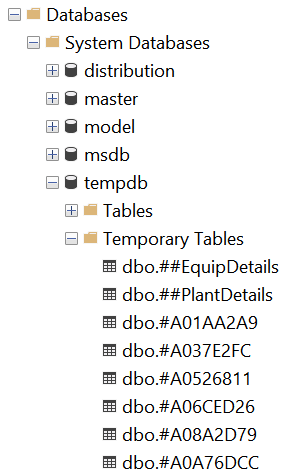Like the ASYNC_IO_COMPLETION wait type, ASYNC_NETWORK_IO
pertains to throughput; however, it focuses on the throughput of the network
connection between your SQL Server instance and its clients, rather than the
storage subsystem. It's important to note that ASYNC_NETWORK_IO waits are
normal and do not necessarily indicate a network issue, as these waits can
occur even when querying the SQL Server instance directly on the server.
What is the ASYNC_NETWORK_IO Wait Type?
ASYNC_NETWORK_IO waits typically happen when client applications are unable to process query results quickly enough or when there are network performance issues. Most often, the former is the case, as many applications handle SQL Server results row-by-row or struggle with large data volumes, causing SQL Server to wait to send query results over the network. This waiting period is logged as the ASYNC_NETWORK_IO wait type. Additionally, ASYNC_NETWORK_IO waits can occur when querying remote databases via a linked server.
Sys.dm_os_wait_stats
You can check the ASYNC_NETWORK_IO wait type using the
sys.dm_os_wait_stats DMV. We might not require a complicated environment to
test the ASYNC_NETWORK_IO wait type.
Before running the DMV, lets clear the information from the DMV
with a simple DBCC command.
use master
go
DBCC SQLPERF('sys.dm_os_wait_stats', CLEAR);
Once the information is cleared from the DMV, lets run a simple
SELECT statement from the SQL Server instance using SSMS.
select * from DBA_Async_Test
After querying
from the above table, we can see a spike in the ASYNC_NETWORK_IO wait in
the sys.dm_os_wait_stats.
select * from sys.dm_os_wait_stats where wait_type='Async_network_io'
We saw a spike in the wait type because the SQL Server
Instance was not able to get all the result in the SSMS as fast as the instance
itself. When the instance is not able to get the results fast on to the SSMS,
we start to see more of this wait type.
How To Lower ASYNC_NETWORK_IO Waits?
The answer is pretty simple. To lower ASYNC_NETWORK_IO Wait,
we just must modify the query by limiting the result set as much as possible. Let’s
look at the simple example as to how we can lower the wait type.
We will be clearing the wait stat information from
sys.dm_os_wait_stats again to record the reading one more time.
use master
go
DBCC SQLPERF('sys.dm_os_wait_stats', CLEAR);
This time, we will be limiting the records from to take to just TOP 100.
select TOP 100 * from DBA_Async_Test
If you
notice that the ASYNC_NETWORK_IO wait has been minimized. The SSMS was
able to get the results fast enough and had not to wait for the completion of
the query for longer duration. We can also reduce the ASYNC_NETWORK_IO wait by
adding WHERE conditions to our query.
Note: If you still think that the above test case failed in your
scenario, then please check the network configuration. At times, there are
possibilities that the network configuration as well can slow down fetching the
result sets.
We can check the network configuration by opening the task manager and navigating on to the “Ethernet” option.
If you observe high network utilization along with increased ASYNC_NETWORK_IO wait times, the network might be the bottleneck. In such instances, consulting your network administrator could be beneficial. Network configurations are complex, involving various components such as switches, routers, firewalls, network cables, drivers, firmware, and possibly virtualized operating systems. Each of these elements can impact network throughput and contribute to ASYNC_NETWORK_IO waits.
Bottomline
ASYNC_NETWORK_IO
waits happen when an application requests query results from a SQL Server
instance over the network and is unable to process the returned results quickly
enough. While these waits are generally normal, unusually high wait times might
indicate changes in query results or network issues. To reduce application
related ASYNC_NETWORK_IO wait times, consider decreasing the number of rows
and/or columns returned to the application.
You may also refer :






























